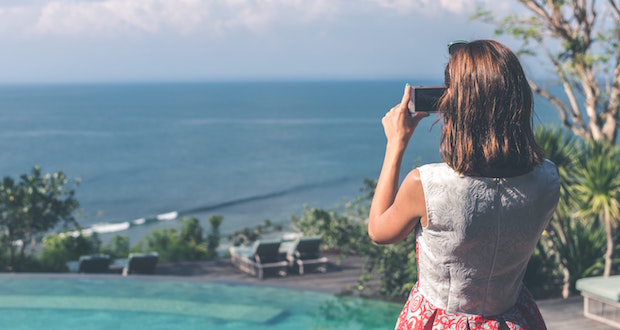
Within the last decade, hotel and travel marketing has been changed forever. The era of the billboard ad is rapidly coming to an end, and over 2 billion internet users are spending over an hour and a half on social media every day, checking their phones once every 12 minutes. With ad-block also on the rise, the key to marketing success lies in adapting to changes in consumer purchasing behavior.
As a result of these trends, influencer marketing is rocketing in popularity. However, incorporating influencers into a successful marketing strategy can pose difficulties if not done the right way. These difficulties are found at the execution level when evaluating influencers, managing collaborations, and controlling deliverables and at the operational level when it comes to responsibilities, negotiations, and securing approvals for complimentary room nights. Owners and operators can address these by educating their teams on how to address potential difficulties.
1. Set goals.
Is the hotel’s goal to increase awareness or direct bookings in a new market, boost its Google ranking, or generate interesting content which can be re-used on other marketing channels?
Every owner and operator wants to have 100 percent occupancy all the time, and preferentially occupancy that is booked directly. Reaching the biggest, most relevant audience to the hotel’s target market—on the channels they’re spending the most time on—is a logical first step to achieving that goal. Over two-thirds of the time a consumer spends on their booking journey consists of the “dreaming” and “planning” phases. Capturing the potential customer early is therefore fundamental, often before they even know they want to visit a location, venue, or property. In revenue and sales language, it’s in the “awareness” stage at the top of the AIDA (Awareness-Interest-Desire-Action) booking funnel.
Owners may also want to promote properties after repositioning assets to generate alfa and meet their IRR targets. Being able to rapidly and cost-effectively publicize a rebranding or renovation helps accelerate that process.
2. Set clear deliverables.
Know what the hotel needs to get out of any collaborations and find a way to standardize the process.
No matter whether RevPAR or EBITDA (earnings before interest, taxes, depreciation, and amortization) are the priority, using unsold inventory to build a large engaged audience with the property will help both over the longer term. Which owner or operator doesn’t want huge visibility?
3. Pre-arrange a quota of “room off nights” with revenue management.
The most successful client campaigns use not only unsold inventory, but also allocate some inventory as “room off” so that revenue management’s occupancy levels aren’t affected. It’s therefore also simple to resolve any potential conflict between revenue manager key performance indicators (KPIs) and marketing or public relations KPIs.
4. Track ROI.
Online word-of-mouth can easily generate an average of $6 return-on-investment per $1 spent. With the correct approach, hotel owners and operators can receive full reporting functionality and erase any ambiguity from influencer partnerships. At the very least, track click-through rates to measure new website visitors.
5. Build relationships.
Influencer marketing is here to stay. That’s nothing new, but with that in mind, build relationships with those who align best with the property so that the hotel can then benefit from recall marketing in future when influencers return.
Successfully incorporating an influencer marketing strategy therefore centers on a prolonged effort to target a niche, engaged audience. Having already demonstrated interest in the brand through social media followings, the consumers a hotel targets through social media influencing are key to any efforts to increase a hotel’s online presence.
About the Author
David Gabriele is CEO of Swayy, an influencer booking, campaign, and relationship management tool in the hospitality industry.










